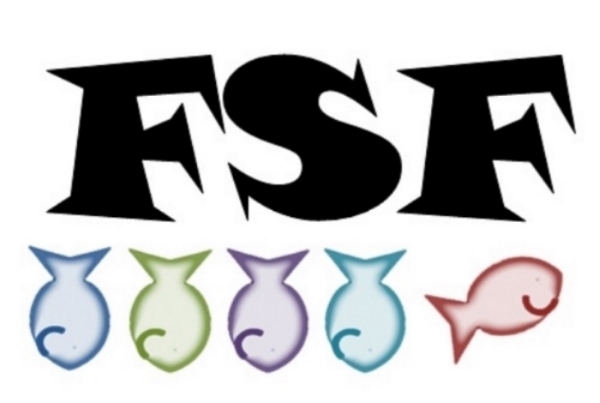When writing fantasy or adventure, one of the hardest parts is writing a believable villain. I have already addressed this subject once with Captain Nemo, but with the television program Once Upon a Time having ended, I realized that I wanted to give some more contemporary examples. Some of you probably just turned up your nose at the glorified soap-opera Once Upon a Time (which Disney did some pretty shady things in order to produce and make sure theirs was the only modern fairy tales show at the time). Here's the thing - it wrote it's villains extremely well. Every villain had a backstory and some redeeming quality. Many of them you felt sorry for or could relate to in some way. And that's the way the villain should be. You don't want to constantly write the James Bond stereotype, who does evil just to be powerful. So, here are a three modern examples of well-written fantasy villains and why.
The first example is a bit of a cheat because the whole book is from the villain's point of view and is trying to make you feel regret for an established bad guy, similar to Gregory Maguire's Wicked. Still, it was well-done and I'm using it. The Fairest of All by Serena Valentino was published by Disney, yet delves into a dark, psychological path that surprises the reader. It's the story of how Snow White's step-mother became wicked. Valentino uses many of the same childhood horrors that shape people in the real world who do bad: abuse, manipulation, low self-esteem, and loneliness, to reveal the queen's motivation for her obsession with beauty. You see a little girl who is told constantly that she is ugly and worthless, then grows up to discover she is actually gorgeous and how she latches onto that concept. It also addresses how childhood trauma follows a person into adulthood, although the book does this very literally when it turns out the slave in the mirror is the queen's mentally abusive father. Lastly, Valentino uses grief and depression to break the character and turn her into the monstrous mother we recognize from the Disney film. She paints an interesting and heartbreaking journey that is not simply jealousy, but the reasons behind the madness.
Second villains to analyze are Mrs. Coulter and Lord Asriel from the His Dark Materials series by Phillip Pullman. Both are cold, intelligent, and selfish. While one is power hungry and the other is more of an academic fanatic, both lay at the precipice of being purely villainous in different ways. Without giving away too much from the books, both characters have a significant effect and interest in the hero, Lyra. She serves as a different part of a goal for both and both nearly kill her several times. But it is their underlining humanity, their connection to each other and to Lyra which reveals them to be more than simply antagonists.
The last to be given props this week (and in keeping with a YA theme) is Luke Castellan from Rick Riordan's Percy Jackson series. Luke is one of many antagonists from the series of books, but he unique as the most conflicted of the villains. You see him from many points of view, not just as the former friend and betrayer of the main character. You find his motivations from a childhood of neglect and from his reactions to various harsh life experiences. He was a hero who was manipulated by depression and bitterness, but you have his former friends who want him to be the boy he used to be. You root for them to save him, despite every horrible way he nearly kills them.

